Search Images
Browse Content (p. 902)
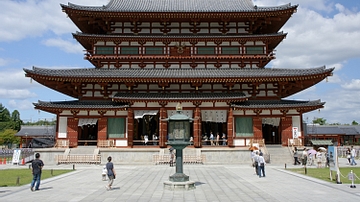
Image
Main Hall, Yakushiji
The Main or Golden Hall (Hondo) of Yakushiji temple, Nara, Japan. The temple complex dates to the 8th century CE but was largely destroyed by a fire in 1528 CE. In the 20th century CE many of the buildings were restored in their original...
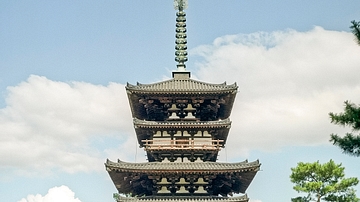
Image
East Pagoda, Yakushiji
The East Pagoda of Yakushiji temple, Nara, Japan. The three-story pagoda is original and dates to the 8th century CE and rises to a height of 33 metres (108 ft).
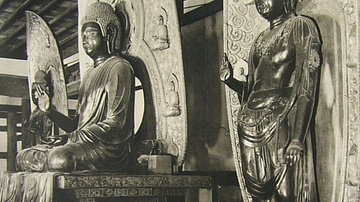
Image
Yakushi Triad, Nara
The Yakushi Triad in the Main Hall of Yakushiji temple, Nara, Japan. Bronze, 680-718 CE. Yakushi Nyorai is the Buddha of healing and the seated figure is flanked by two bodhisattvas. The Yakushi figure is 4.3 metres (14 ft.) in height.
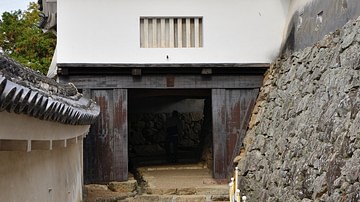
Image
Gate, Himeji Castle
One of the surviving 21 gates of Himeji Castle, Hyogo Prefecture, Japan. Built as a samurai fortress in 1581-1609 CE.

Image
Himeji Castle Keep
The keep of Himeji Castle, Hyogo Prefecture, Japan. Built as a samurai fortress in 1581-1609 CE.
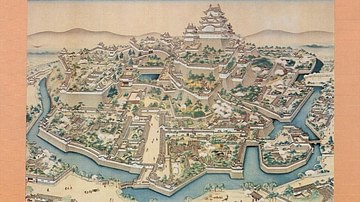
Image
Himeji Castle Complex
A painting illustrating the complex ground plan of Himeji Castle, located in the town of Himeji in the Hyogo Prefecture of Japan. 1601-9 CE.
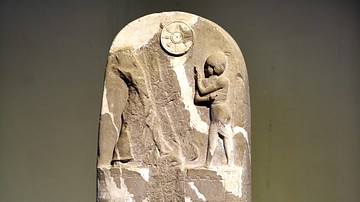
Image
Stele of Dadusha, King of Eshnunna
The stele is an elongated stone monument which originally stood at the Temple of Adad at Eshnunna. The front side is carved with four registers while the narrow sides were inscribed with 220 lines of a cuneiform text divided into 17 columns...
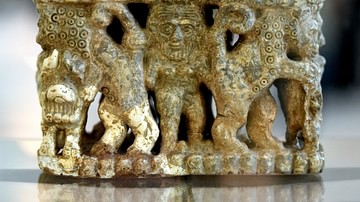
Image
Gilgamesh Wrestling Two Bulls
This stone piece is carved with a scene depicting Gilgamesh wrestling two bulls. From the great temple at Tell Agrab, Diyala Valley, Iraq. Early Dynastic period, 2600-2370 BCE. On display at the Iraq Museum in Baghdad, Republic of Iraq.
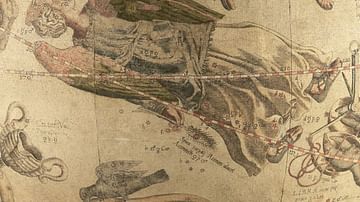
Image
Coma Berenices
On this celestial globe, made by the Flemish cartographer Gerard Mercator (Louvain, 1551), the Coma Berenices (here called “Cincinnus”) is shown between the constellations Boötes (“Bubulcus”) and Virgo; the globe projects the constellations...
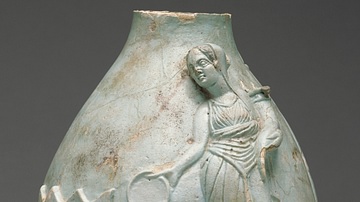
Image
Wine Vase with Berenice II
Berenice II (c. 266 - 221 BCE) is represented as Agathe Tyche, the goddess of Good Fortune, on a type of faience wine vase called oinochoe (Alexandria, ca. 245-200 BCE, Getty inv. 96.AI.58).